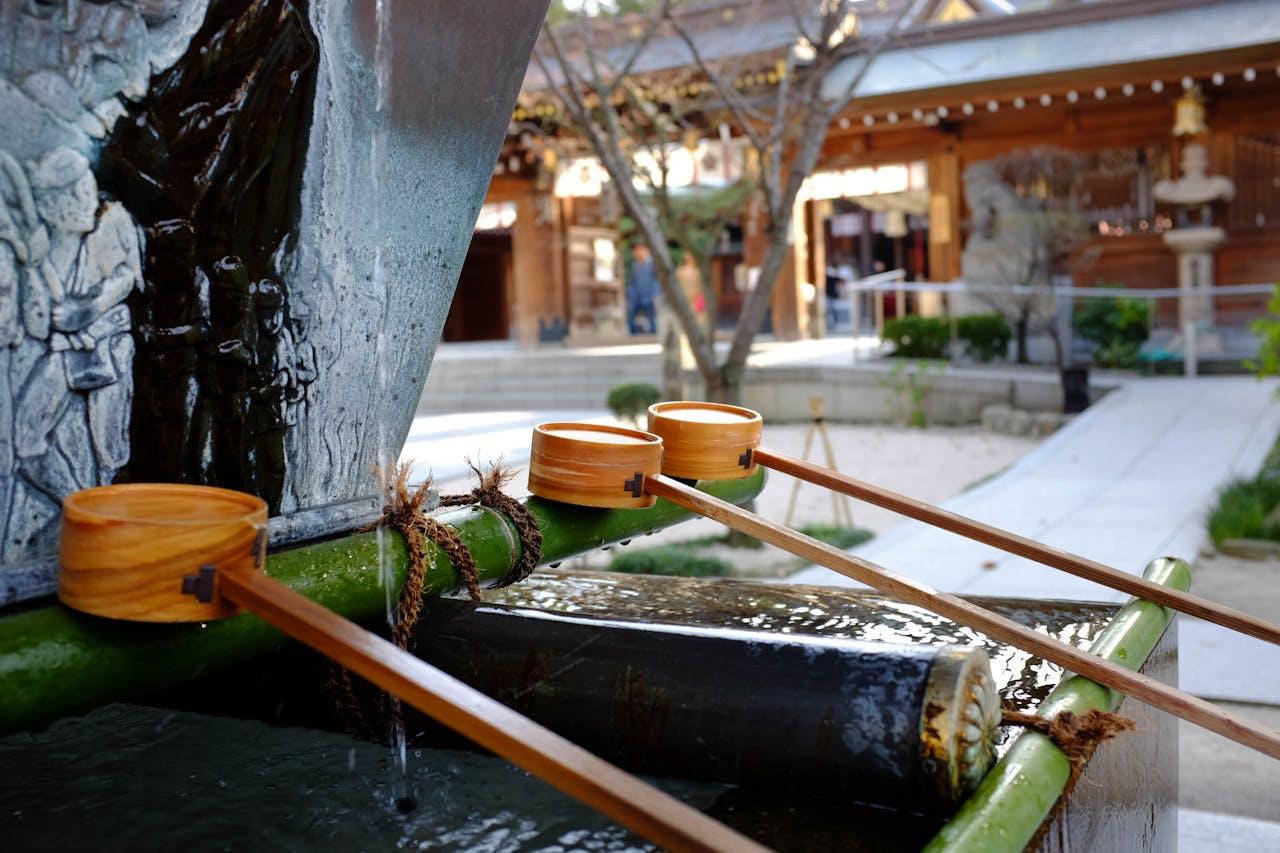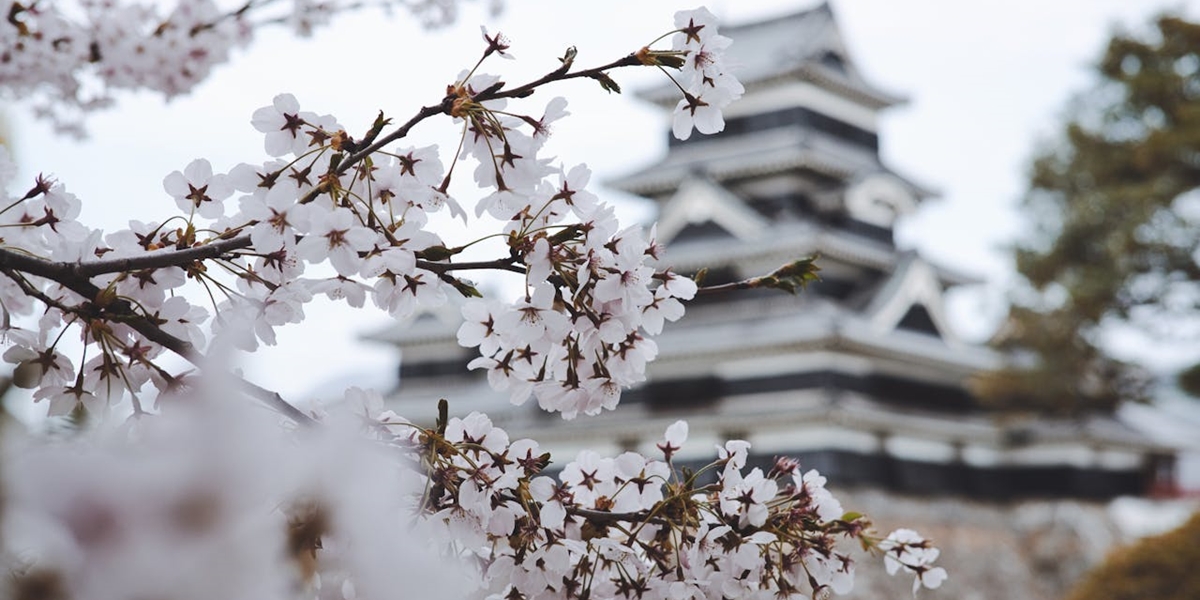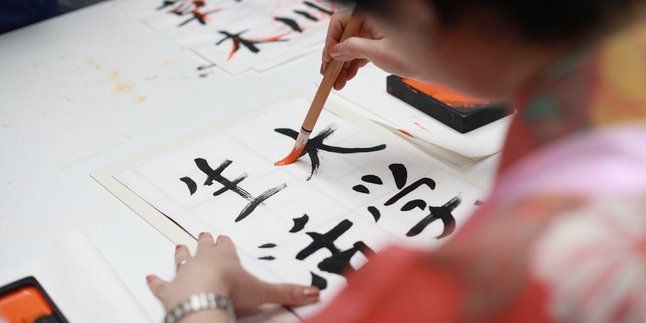Kapanlagi.com - In the diverse world of language, Japanese language, also known as Nihongo, plays a central role. And to understand this, this article will explain the importance of Japanese language as the official language of Japan or also known as Nihongo.
In this article, Kapanlagi will discuss the essence and history of the official Japanese language, from its historical roots to its current development. Understanding the background of the Japanese language is the first step in appreciating cultural richness and linguistic diversity.
For those of you who are curious about how the official Japanese language, Nihongo, came to be, here is the definition of the official Japanese language along with its history. Let's check it out, KLovers.
1. Definition of Official Japanese Language Nihongo

Illustration (credit: pexels.com)
The official language of Japan is also called "Nihongo". The term nihongo in the Japanese language is used to refer to the Japanese language itself. Literally, "Nihongo" means "Japanese language" in Japanese. This is the language used by the Japanese people and also by the majority of the Japanese diaspora worldwide.
Japanese has a unique structure and grammar, including three main writing systems: Hiragana, Katakana, and Kanji. Hiragana and Katakana are Japanese alphabets, while Kanji is a logographic character adopted from Chinese script. The official Japanese language also has a wide and rich vocabulary.
It also has various levels of honorifics and communication culture related to social contexts. Nihongo also has various dialects and regional variations in Japan, although the official Japanese language mostly uses the Tokyo dialect or Standard Japanese (Hyojungo), the standard taught in schools and used in national mass media.
It is important to note that learning the official Japanese language requires time and commitment, especially due to the different writing system and complex grammar. However, understanding the official Japanese language can provide better access to Japanese culture, literature, and society as a whole.
2. History of the Official Japanese Language

Illustration (credit: pexels.com)
In addition to understanding the meaning of the official Japanese language, which is nihongo.KLovers can also learn about the history of the official Japanese language (Nihongo). It involves complex and diverse developments over thousands of years. Here is a general overview of the development of this official Japanese language:
1. Pre-History
Japanese is believed to have roots connected to the Altaic language family, which also includes languages such as Mongolian and Turkic. However, there are no written records of this language during this period.
2. Early Written History
The official Japanese language began to be documented in the form of ancient Chinese writing systems (Kanji) introduced to Japan around the 5th century CE. However, initially, Kanji was mainly used for administrative and religious purposes, and the grammatical structure of the Japanese language was still different from Chinese.
3. Classical Period (8th to 12th century)
During this period, Kanbun (writing Japanese in Kanji characters using Chinese grammar) developed, as well as hiragana, a special alphabet writing system for the Japanese language used by noblewomen and uneducated individuals in Kanji. Literary works such as Manyoshu (Collection of Poems from Ancient Times) also played a significant role in the language's development.
4. Medieval Period (12th to 16th century)
During this period, the use of hiragana increased, and literary works such as Genji Monogatari (The Tale of Genji) were written in the Japanese language. Additionally, Kanji began to be combined with hiragana in texts.
5. Early Modern Period (17th to 19th century)
Chinese influence declined, and the use of Kanji became more varied. Along with this, foreign words began to enter the official Japanese language through contact with Western nations.
6. Modern Period (19th century to present)
Japanese language underwent modernization and standardization during the Meiji period (1868-1912). Language reforms included the use of Latin letters in a language called Romaji and the introduction of Standard Japanese (Hyojungo). Since then, the official Japanese language has continued to evolve and acquire influences from foreign languages, especially English, through globalization and technological development.
This development provides an overview of how the official Japanese language has evolved from prehistoric times to become a widely used language in Japan and recognized internationally.
That is an explanation of the meaning of the official Japanese language, which is nihongo. By understanding the roots and journey of the official Japanese language, we can better appreciate the richness of Japanese culture as a whole.
(kpl/dhm)
Disclaimer: This translation from Bahasa Indonesia to English has been generated by Artificial Intelligence.














